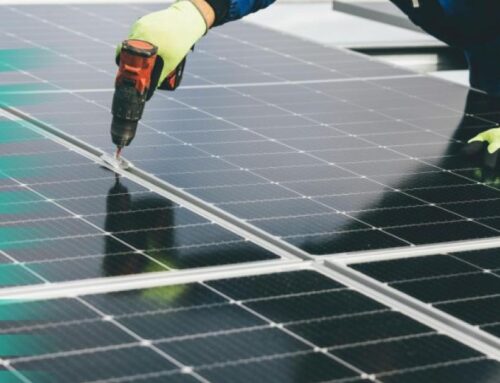Floating power becomes reality — New York’s $1 billion project could redefine clean energy
October 21, 2025
Consider tapping into the expansive energy potential of New York’s waterways to energize its cities. With a historic $1 billion investment, the state is launching the development of advanced floating power applications. Could these flexible, expandable, and environmentally friendly technologies lead a revolution in the clean energy landscape and help build a resilient and durable energy future?
The rise of floating power and its potential to transform urban energy
Floating power is an innovative method of generating electricity that utilizes energy-producing platforms that are situated in bodies of water, such as rivers, lakes, or coastal areas. In addition to energy-producing platforms, floating devices may be developed with solar panels, wind and tidal energy capture devices, and natural gas turbines, giving it a highly modular solution.
Unlike conventional power generation plants, which require vast land areas, floating power installations are positioned and utilized on previously underutilized surfaces of water, allowing cities and states to free up land space and land disruption.
The value of floating power goes beyond land consumption. These platforms can also reduce heat loss from energy generation, as the water surrounding the system will naturally cool it and increase efficiency overall. In addition, floating power has the potential to provide solutions to flooding and infrastructure-scarce areas to provide clean energy for communities previously considered infeasible for large energy projects.
The New York floating project is transforming waterways into clean energy
The New York floating power initiative represents a landmark pledge to clean energy after Governor Kathy Hochul unveiled a commitment of $1 billion under the Sustainable Future Program to advance green energy initiatives, including this project. This multi-faceted program is intended to accelerate the transition to a low-carbon economy in New York and produce a variety of societal and environmental benefits.
The main goals of the New York floating power project are to cut greenhouse gas emissions, improve energy resource reliability, and promote economic development. With this platform, the state can sustain a consistent flow of electricity to households while simultaneously reducing reliance on fossil fuels, like this massive desert transformation into clean energy.
How advanced technologies are transforming energy and delivering key benefits
Significant progress on floating technology has helped make larger-scale projects possible. Engineers and scientists have built platforms that are robust and corrosion-resistant for use in extreme aquatic environments, and can be relied upon for their lifespan.
These innovations allow floating power systems to function with a high degree of operability in rivers, lakes, and coastal waters with little concern about maintenance and breakdown. Modular designs provide flexibility and will allow the energy company to adjust capacity to load.
What floating power reveals about sustainable and affordable energy solutions
The environmental and economic advantages of floating power are significant. Floating platforms reduce reliance on land-based infrastructure while minimizing disruption to the habitat and natural landscape. Floating power generation can occur with fewer or no environmental costs associated with conventional land-based power plants.
Reduced operational costs and enhanced efficiency lead to a less expensive energy supply, while also deploying these systems to various locations improves energy accessibility. This project advances New York’s broader climate objectives by furthering sustainability and energy resilience for New York’s energy future.
The $1 billion investment by New York state in floating power changes the waterways into sources of clean energy. The project demonstrates that innovative, scalable technologies can provide sustainable electricity at scale and efficiently, allowing a green future while setting an example internationally. Floating power has the potential to be a cornerstone of energy in the 21st century, making renewable, clean, and flexible power a reality, just like the groundbreaking solar roadways that power cities.
Author Profile
Search
RECENT PRESS RELEASES
Related Post





